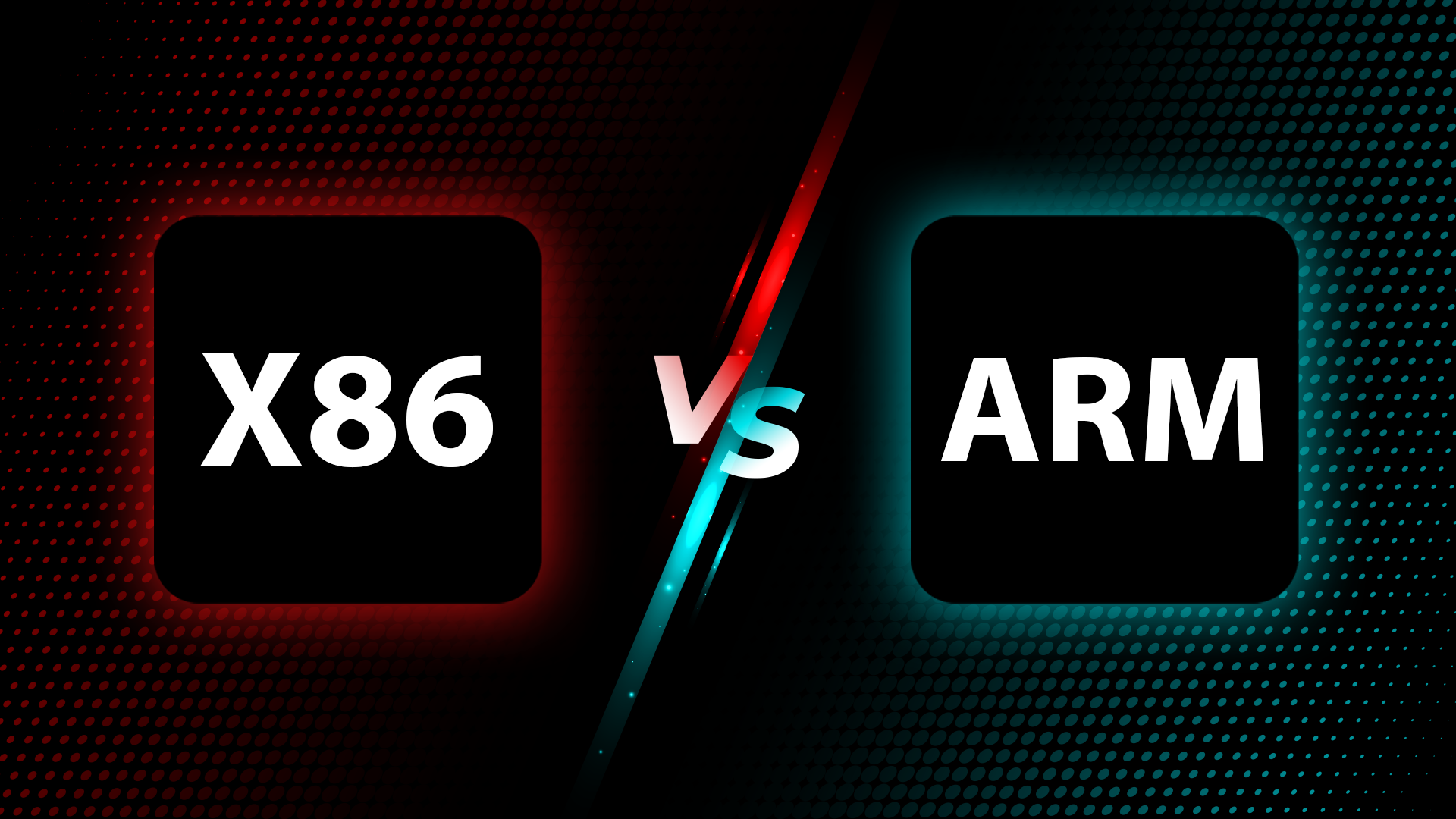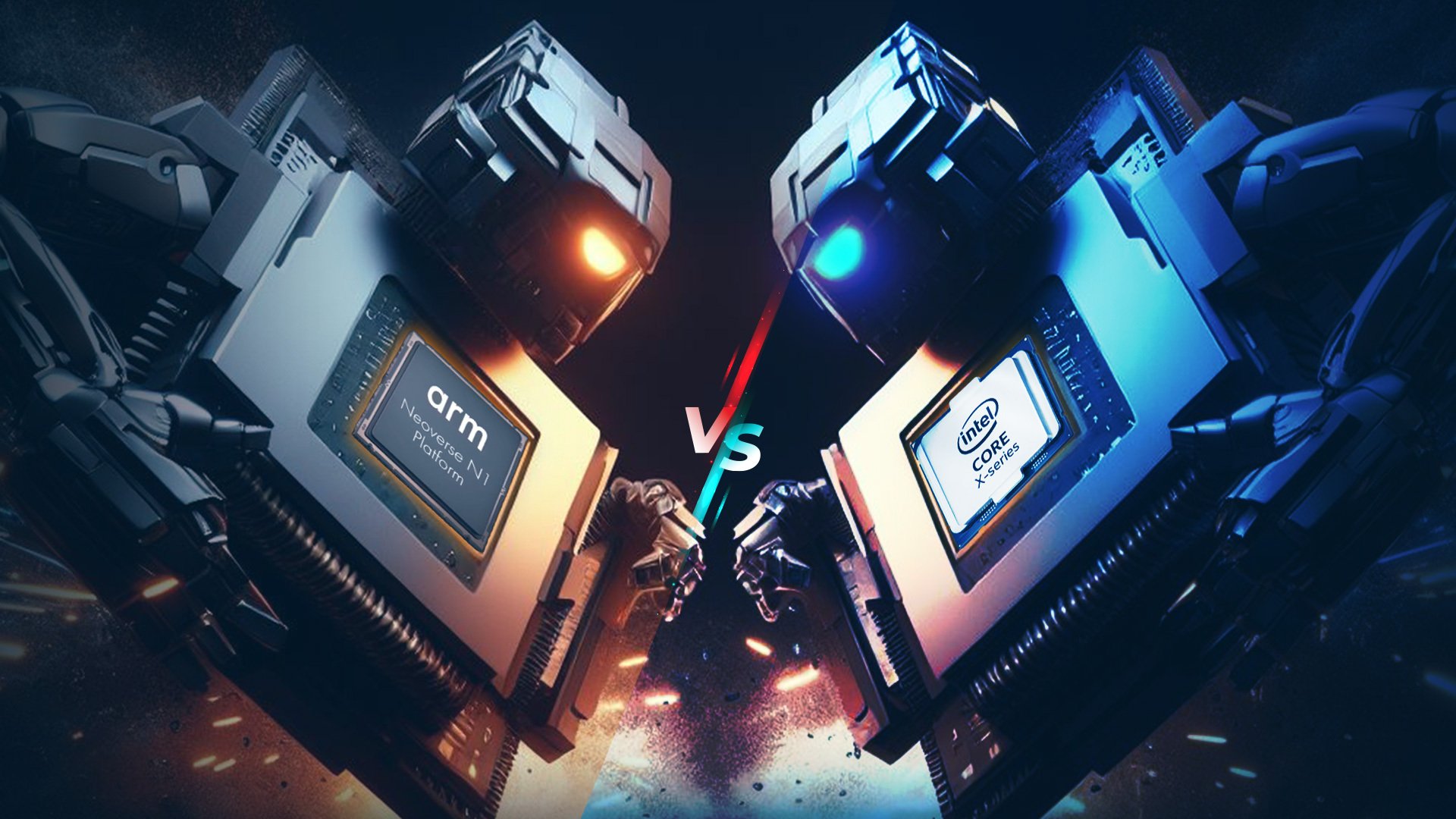ARM vs x86 App Performance on New-Gen Tablets: What’s Really Faster?
Tablets today are no longer just for browsing and video calls. They now support creative work, software development, and even local automation. As tablets become more capable, many users are starting to ask which chip architecture performs better: ARM or x86.
Instead of focusing on basic loading times or battery life, the goal here is to explore how these two chip types handle real tasks. The focus is on how code runs at the system level, how operations are managed, and how each chip performs under different workloads.

How Code Is Handled on ARM vs x86?
The way a processor handles code affects everything from performance to battery drain. ARM and x86 follow different design rules, called instruction set architectures (ISAs), which change how they process commands.
Instruction Set Architecture (ISA) Differences
ARM uses a Reduced Instruction Set Computing (RISC) structure. It breaks tasks into smaller instructions that are easier to manage. x86 uses Complex Instruction Set Computing (CISC), where each command can do more but may take longer.
Key differences include:
- ARM: uses simpler instructions that require fewer CPU cycles to execute.
- x86: relies on more complex instructions that can perform multiple operations within a single command.
Because of these differences, ARM chips tend to run more efficiently with less power consumption, making them ideal for mobile-focused tasks. On the other hand, x86 chips are better suited for handling heavier workloads that require more computational strength and flexibility.
Emulation vs Native Execution
Apps built for one type of chip do not always run smoothly on another. That’s where emulation plays a role. It allows x86 apps to operate on ARM systems, or the other way around, by using a software layer that translates instructions between the two.
- Native execution means the app runs directly on the processor it was designed for.
- Emulated execution uses a translation layer that converts code on the fly, which often results in slower performance.
On tablets, apps that run natively almost always deliver better responsiveness and smoother graphics, especially when handling visual or animation-heavy tasks.
Memory Handling Patterns
ARM systems are designed for faster memory access and rely on lightweight caching, which supports efficient data retrieval for simpler operations. In contrast, x86 processors use deeper caching layers and advanced branch prediction to manage more complex memory needs.
As a result, ARM performs best with predictable memory patterns, while x86 excels in handling heavy multitasking and complex workloads. Developers often tailor memory usage based on the chip architecture to ensure smoother performance and better resource management.
Advanced Performance Test Methods
Rather than relying on standard benchmarks, system-level tests can show how ARM and x86 really perform under pressure.
Measuring Instruction Throughput
Instruction throughput measures how many operations a processor can complete in a single second. It is a helpful way to compare the raw efficiency of different chip architectures. ARM processors are built to handle simple instructions quickly and in large numbers, making them highly efficient for lightweight tasks.
x86 processors, on the other hand, are designed to manage fewer but more complex instructions, which can carry out multiple actions at once. This makes x86 chips more effective in tasks that involve heavy math or encoding, where complex operations are more common.
Analyzing Compiler Flags and Optimization
Software developers use special flags to build apps for ARM or x86. These flags help the app run more smoothly on each chip.
- -march=armv8: builds for modern ARM tablets
- -march=x86-64: builds for 64-bit Intel-based tablets
Without the proper flags, even strong hardware can experience performance issues or behave inconsistently.

CPU Cycle Profiling Tools
Advanced tools help test how long processors take to complete tasks. These include:
- Perf: used in Linux-based tablets to track instruction cycles
- Trace: records memory access and processor delay
- AIDA64: shows how system calls are handled under stress
These tools show how responsive each system is under different types of app use.
Task-Level Comparisons Across Leading Tablets
Popular tablets were tested to see how they handle real tasks, focusing not only on loading speeds but also on performance during complex sequences like animations, code loops, and rapid touch inputs.
Devices Chosen for Evaluation
Three popular tablets, each with a different chip setup, were selected for testing.
- iPad Air M2: powered by Apple’s ARM-based M2 chip, designed for high efficiency and optimized for iPadOS
- Surface Go 4: features an Intel x86 processor, offering compatibility with traditional Windows desktop applications
- Lenovo Duet 3: uses a Snapdragon 7c Gen 2 chip, which shares design elements with ARM but is often positioned alongside entry-level x86 tablets in terms of performance and software support
All devices were updated and tested under the same Wi-Fi and power setup.
Focused Task Profiles Used
Instead of relying on traditional benchmarks, the evaluation focused on real task sequences commonly found in web-based and interface-heavy applications.
- DOM operations: creating and deleting elements repeatedly to test layout processing
- CSS animations: applying layered transitions and visual effects to assess rendering stability
- JavaScript loops: executing complex logic to simulate memory and CPU load
One of the test scenarios involved interaction with a lightweight web environment featuring clean transitions and a simple interface. A sweepstakes casino happened to offer the kind of visual structure that made it easy to observe how tablets responded to layout changes and animation timing without placing unnecessary strain on system resources.
Observations and Key Takeaways
Each chip type showed different strengths during testing:
- iPad Air: delivered the most consistent UI responsiveness and smooth animation handling
- Surface Go 4: performed better in math-heavy scripts and WebAssembly-based logic tasks
- Lenovo Duet: showed inconsistent behavior when managing thread switching or multitasking under load
These results highlight how chip architecture influences performance based on task type, rather than brand alone.
Code Optimization and System Calls
Behind every tap or scroll are dozens of system calls and optimizations. These help manage how apps talk to the tablet’s operating system.
API Call Handling
APIs allow apps to request data or access system tools, and the way these calls are processed differs between ARM and x86 architectures.
- ARM: uses mobile-optimized system calls designed for speed and efficiency
- x86: relies on legacy system paths commonly found in desktop environments
Depending on how an app is built, it may respond faster on one architecture over the other due to differences in how system interactions are managed.
Threading and Parallelism
Modern processors manage multiple tasks at once through threading, and each architecture approaches this differently.
- ARM: spreads tasks efficiently to conserve power and reduce heat
- x86: handles multiple heavy threads simultaneously, making it better suited for demanding applications
To get the best performance, developers often design apps based on how each chip manages threading and task distribution.
Library Linking and Dependencies
Apps depend on shared libraries to carry out essential functions, and the way these libraries are handled varies by architecture. ARM systems typically use smaller, modular libraries optimized for speed and efficiency. In contrast, x86 devices often rely on larger, legacy libraries inherited from desktop environments.
This difference can lead to slower startup times or increased memory usage, especially on older or less optimized systems. As highlighted by a 2024 ACM study, redirecting calls to native ARM libraries instead of emulated x86 versions resulted in performance gains of up to 6.3× on average, with some benchmarks reaching 28×, due to reduced instruction overhead and improved memory access patterns
What This Means for Tablet Buyers?
Most buyers look at screen size or battery life, but the chip inside matters more than they think, particularly for those who work, build, or test apps on tablets.
For Power Users and Developers
x86-based tablets are a better fit for users who rely on demanding software or need compatibility with older systems. This architecture supports heavier workloads and offers broader support for desktop-class applications. It is ideal for those who:
- Work with local emulators or virtualization platforms
- Use tablets for development, testing, or technical tasks
- Require access to older desktop software or specialized engineering tools
For Mobile-Centered Users
ARM-based tablets are designed with efficiency and mobility in mind. They are well-suited for everyday tasks and modern apps that prioritize speed and responsiveness. This makes them a strong choice for users who:
- Want longer battery life and cooler device temperatures
- Use lightweight, mobile-optimized applications
- Prefer smooth, responsive interfaces with minimal system lag
Conclusion
The performance gap between ARM and x86 is not only about speed but also about how each architecture processes tasks behind the scenes.
ARM handles streamlined operations with energy efficiency, making it suitable for modern app environments. x86 is designed to manage more complex instructions and multitasking scenarios, which can benefit certain types of workflows.
When comparing tablets, it helps to consider the specific tasks the device will be used for. Processor architecture plays a direct role in how apps behave, regardless of external design or display quality.

Jim's passion for Apple products ignited in 2007 when Steve Jobs introduced the first iPhone. This was a canon event in his life. Noticing a lack of iPad-focused content that is easy to understand even for “tech-noob”, he decided to create Tabletmonkeys in 2011.
Jim continues to share his expertise and passion for tablets, helping his audience as much as he can with his motto “One Swipe at a Time!”
